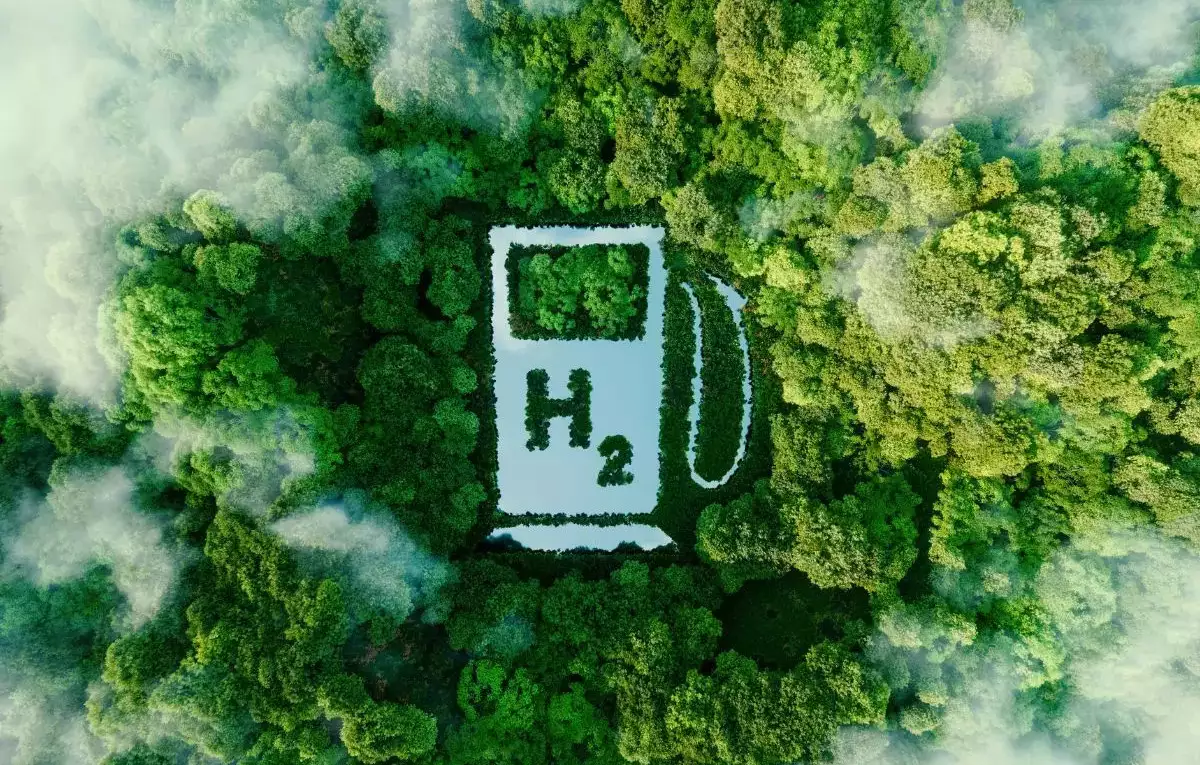Hamburg, Germany-based hydrogen producer Eternal Power has revealed that it is exploring the north of Chile along with local partners to identify suitable areas for the development of large-scale plants.
Characterised by its abundance of renewable energy resources, including intense solar radiation and consistent wind patterns, northern Chile provides a strong foundation for green energy production.
With access to both the Pacific Ocean and global trade routes, the region is also strategically poised as a potential exporter of green hydrogen to international markets, including Europe, which has a growing demand for clean energy sources.
According to a joint analysis by the German Society for International Cooperation (GIZ) and the Chilean Ministry of Energy, Chile can generate 70 times more green electricity than it needs for its own needs.
Despite this, the country lacks the infrastructure required to transport electricity from sunny areas such as Antofagasa to the rest of the country.
“The local population should therefore also benefit from the construction of large plants for export,” said Arne Sann, Co-Founder and CEO of Eternal Power, a company currently working with local partners to identify suitable areas to produce green hydrogen.
Having expressed ambitions to become the ‘most important’ export country for green hydrogen by 2030, the Chilean Energy Ministry assumes prices around $1.50 per kg of hydrogen in its own National Hydrogen Strategy.
By leveraging the potential of Chile’s renewable resources, Eternal Power believes that the first shipments of green hydrogen and its derivatives such as ammonia and methanol could reach Europe and Germany by 2030.
For Germany to benefit from these plans, Robert Meitz, Co-Founder of Eternal Power, emphasised the importance of cooperation and investment security.
“The size of the projects – we’re talking about final production capacities in the gigawatt range – can only be achieved in cooperation with good local partners.”
“We are currently in the process of establishing precisely such partnerships locally, so that we can then take care of the logistics and customers in Germany and Europe ourselves,” he said.
Green hydrogen initiatives
Earlier this year the Chilean government and the EU launched two new cooperation initiatives on renewable hydrogen worth €225m ($240m).
As part of the ‘Team Europe Initiative for the Development of Renewable Hydrogen in Chile’, these two new cooperation actions include a €4m ($4.2m) technical assistance project that will contribute to the development of the renewable hydrogen sector in Chile and the creation of a fund that will directly finance green hydrogen production projects.
Known as the Team Europe Renewable Hydrogen Fund in Chile, the fund is a joint initiative of the European Investment Bank (EIB) and the German Development Bank (KfW), led by the Delegation of the European Union to Chile.
To be managed by CORFO, it will focus on the development of concrete renewable hydrogen production and application projects in Chile.
This could help feed Germany’s growing appetite for clean energy. In an update to its own National Hydrogen Strategy, the German government coalition announced that it would double the 2030 target for domestic capacity of electrolysers to produce green hydrogen made from renewable energy to ten gigawatts, but says that Germany will have to import the majority of hydrogen to meet demand.
It added that, by 2030, between 50-70% of the country’s total hydrogen demand will be met from imports, with the share rising the years after that.
To this end, the government has said it aims to present an additional Import Strategy for Hydrogen and Hydrogen Derivatives during 2023.
“Investing in hydrogen is investing in our future, in climate protection, in skilled jobs and in energy supply security,” said Robert Habeck, Economy Minister for Germany. “In order to successfully implement the strategy, we are also currently working at full speed to create the necessary infrastructure.”

